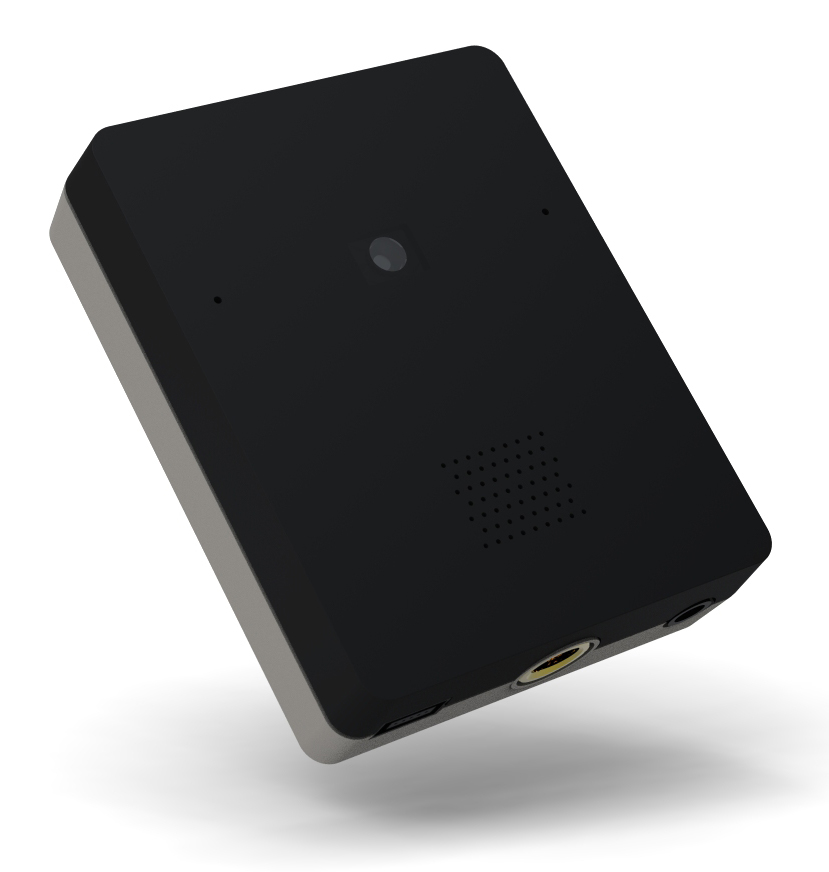
For several years now, I have recorded every class that I have taught and the majority of the presentations I have given. I had a process that worked for me, efficient and low cost. I shared my process with others.
However, upgrading to OS X El Capitan placed a little bump in the road. My typical process was as follows:
- Place Ecamm BT-1 Bluetooth webcam at back of room to record environment.
- Connect Zoom H2 USB microphone to Macbook Air to record room audio.
- Record presentation on Macbook Air with ScreenFlow.
- Quickly trim the recording the next day, export, and share with the participants.
After upgrading, the Ecamm BT-1 Bluetooth webcam would not work at all. This handy little device is no longer supported by Ecamm, so my options were to give it up or roll back the OS to Yosemite. I decided to give up on the Bluetooth webcam, which was a shame. Having a wireless webcam that recorded live greatly speeded up editing – there was no need to import media or struggle with synchronizing content. I have been on the search for a comparable wireless webcam, but there does not see to be anything on the market, and my attempts to MacGyver an alternative all failed.
Adding insult to injury, the Zoom H2 microphone input that I connected to ScreenFlow sounded truly awful after the El Capitan upgrade (with strange audio artifacts and reverb). Again, working with older equipment, so unsure if there was a patch that would help. Newer gear, or just using the onboard microphone on the MacBook Air would be the easiest option.
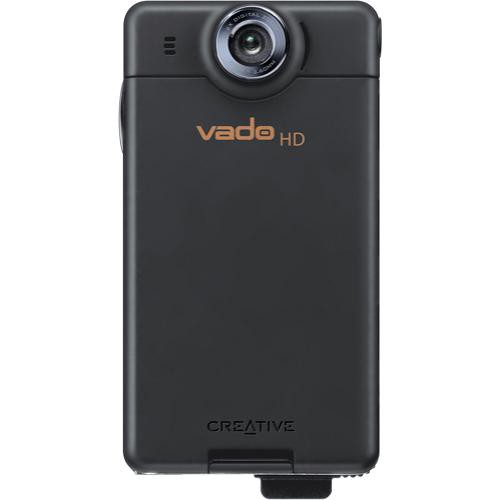
So I dug out the camera that I previously used to record in the classroom – the Creative Vado HD Pocket Video Cam. A great little device that used to work well for me. The cam could easily record a three-hour class (changing the battery at breaks), and had a decent microphone to pick up room audio (if my dedicated audio recording failed). Unfortunately the Vado records AVI files in an old and unsupported codec. Previously, Perian could be used to play the imported media files in ScreenFlow. However, Perian is no longer an option. Strangely enough, MPEG Streamclip could not convert the AVI recordings into something that Screenflow could use, but Epiphany’s Tube did the job. However, this just added additional delay (import media, convert media, import to Screenflow) to what had been an efficient process. The Vado HD went back into the drawer of discarded technology, and I looked for something cheap and cheerful.
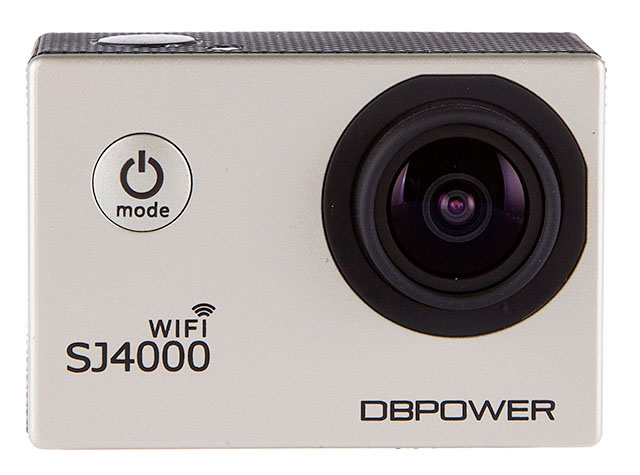
The SJ4000 Wifi was selling insanely cheaply on Amazon, so I decided to give this a go. At the moment I am unsure if this is a genuine SJ4000, as the branding says “DBPOWER,” but this is an extremely affordable GoPro alternative.
The camera comes with a plethora of cases, stands, cables, and accessories. Best of all was a semi-open case that had a tripod screw top and bottom. Through the use of a male threaded screw adapter, I was able to place my Vado HD and SJ4000 cameras on the same Gorrilapod. This way I could record with multiple cameras, using a tested option as a reliable backup.

First Failure – Too many snippets
My first test was a dismal failure, with the SJ4000 recording a sequence of very short clips. Changing a few settings on the menu fixed that. However, I did see that recordings were stopping about the 45-minute mark. To try and fix this, I bumped the resolution down to 720P (1280x 720 60fps) from 1080FHD (1920 x 1080). In a very basic test (recording myself typing at my desk) this seemed to improve things – the recording would automatically split into two clips at the 01:06:50 mark. Generally I try and keep my classroom sessions no longer than an hour, so this should be OK. Recording at this stage is about 4GB in size, and works most reliably when copied over from the SJ4000 to my local drive.
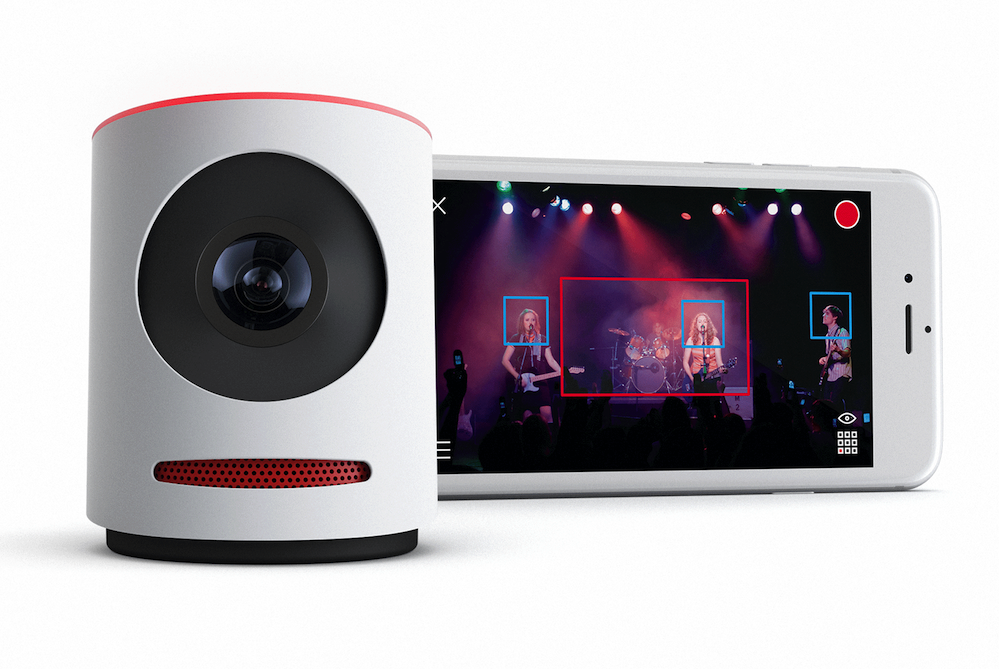
At the moment the new process works, but is not as efficient as working with the BT-1. I am contemplating seeing if the Mevo will be a solution for me.
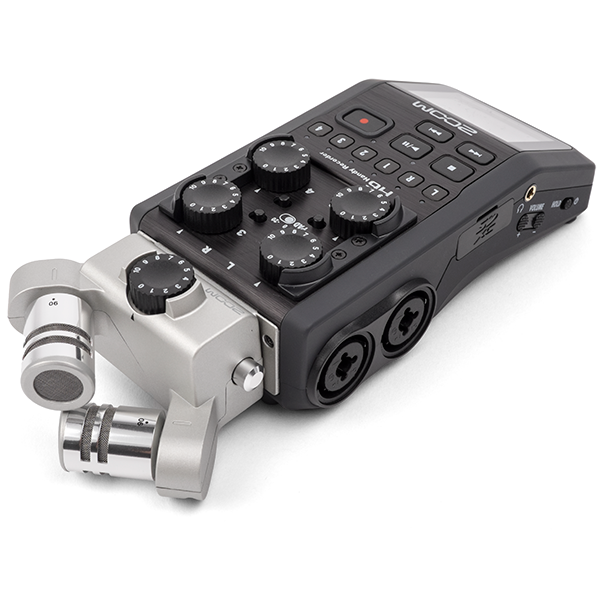
And maybe I could take a look at the Zoom H6 Six-Track Portable Recorder.